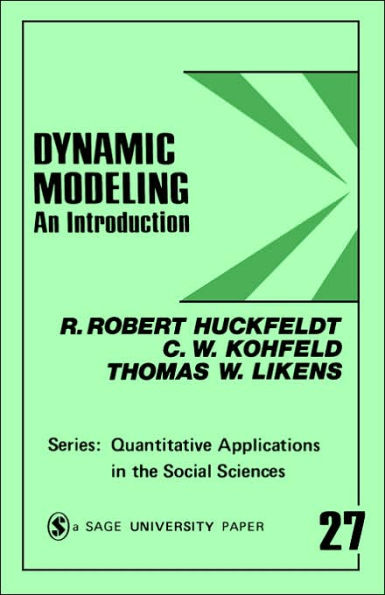5
1

Dynamic Modeling: An Introduction
95
Dynamic Modeling: An Introduction
95Paperback(New Edition)
$42.00
42.0
In Stock

Product Details
| ISBN-13: | 9780803909465 |
|---|---|
| Publisher: | SAGE Publications |
| Publication date: | 10/01/1982 |
| Series: | Quantitative Applications in the Social Sciences , #27 |
| Edition description: | New Edition |
| Pages: | 95 |
| Product dimensions: | 5.50(w) x 8.50(h) x 0.24(d) |
From the B&N Reads Blog
